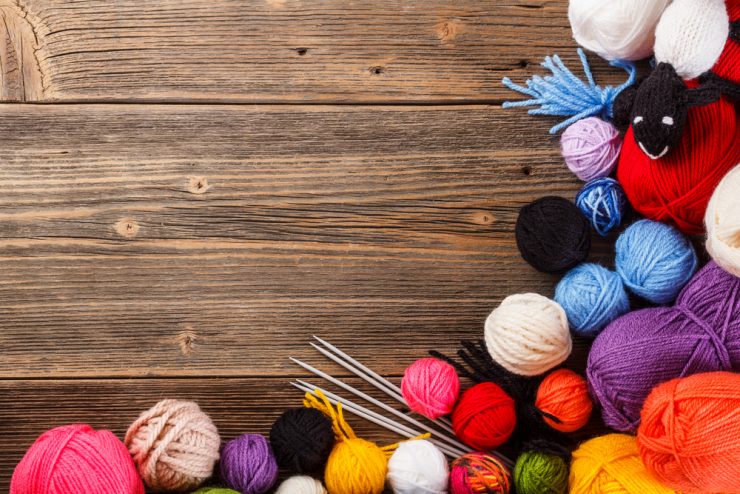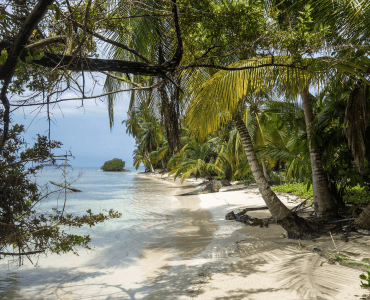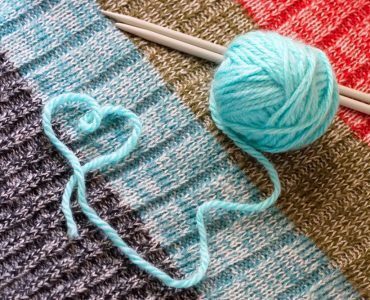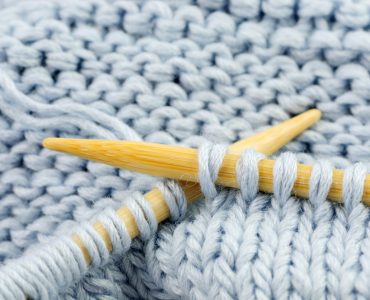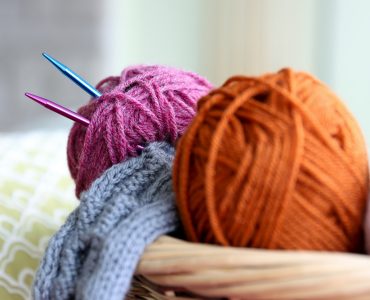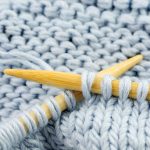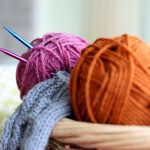The topology of knitted fabric is quite difficult. Unlike the woven fabrics, in which the strands follow a straight horizontal and vertical pattern, the knitted yarn follows a curvy path along its row, with the loops of a row being pulled through by the loops of a row below it. Knitted fabrics can be stretched in any direction because there is no single straight line that appears in the pattern.
An essential knitted fabric, such as the stockinette or stocking patterns have distinct ‘right side’ or ‘wrong side’ pattern. The right side displays the vertical portions of the loops that connect two rows, coordinated in a V-shaped pattern. The wrong side displays the ends of the loops, its tops and bottoms, which create a rutted texture called as the reverse stockinette. Stockinette fabric is commonly used because of its flexibility. It curls either the front on the top and bottom or at the back from the left and right side.
Stitches can be done on any side, either in rows (or garter, welting), columns (or ribbing), or other more difficult patterns, through the combination of regular stitches with ‘wrong side’ stitches, called as purl stitches. These fabrics have distinct properties. The garter stitch creates a vertical stretch, while ribbing is much more on the horizontal stretch. The various combination of knit and purl stitches together with newly developed techniques in stitches produce a more flexible consistency such as from light to thick, from extremely flexible to somewhat stiff, from flat to wavy, and other designs that produced well defined fabric.


